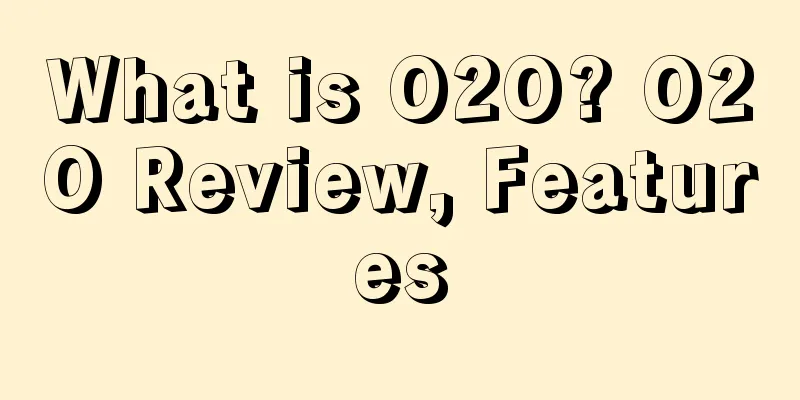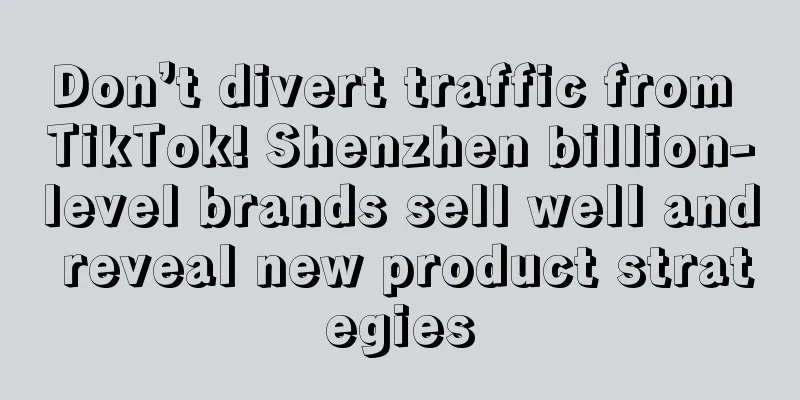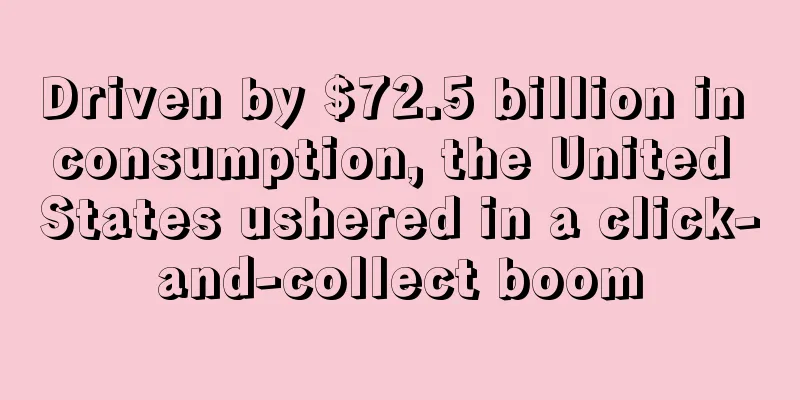What is O2O? O2O Review, Features

|
O2O (Online To Offline) means online to offline/online to offline, which refers to combining offline business opportunities with the Internet, making the Internet a platform for offline transactions. This concept originated from the United States. The concept of O2O is very broad, involving both online and offline, commonly known as O2O. About O2O With the rapid development of the Internet, in addition to the original B2B, B2C, and C2C business models, a new consumption model O2O has recently developed rapidly in the market. Why can this model be quietly produced? In the B2B and B2C business models, buyers take pictures of goods online, sellers pack the goods, find logistics companies to send orders, and logistics couriers deliver the goods to buyers to complete the entire transaction process. This consumption model has developed very maturely and is widely accepted by people. However, in the United States, a country with highly developed e-commerce, the proportion of online consumption transactions is only 8%, and the proportion of offline consumption reaches 92%. It is precisely because most of the consumption of consumers is still realized in physical stores, and there is a lot of room for development to attract online consumers to offline physical stores for consumption, so some merchants have started this consumption model. O2O model 1. Online to offline: Online transactions to offline consumption experience. Most group buying projects belong to this category. 2. Offline to online: From offline marketing to online transactions, most of the QR code applications of mobile payment are promoted and experienced offline, and payments or transactions are made online. 3. Offline to online to offline: From offline marketing to online transactions and then to offline consumer experience, this model is an extension of offline to online marketing, such as completing offline promotion through flyers or roadshows, and finally completing the experience in physical stores through online transactions. 4. Online to offline to online: From online transactions or marketing to offline consumer experience and then to online consumer experience. This model does not have obvious characteristics and many projects have it. It guides customer flow through online promotion and marketing, and focuses on offline experience store roadshows to increase product usage and popularity, and finally returns to the online experience to complete the experience. O2O Features 1. Characteristics of O2O model for users 1. Obtain richer and more comprehensive content information about merchants and their services. 2. It is more convenient to consult merchants online and make reservations. 3. Get cheaper prices compared to direct offline consumption. 2. Characteristics of O2O model for merchants 1. Get more publicity and display opportunities to attract more new customers to shop in the store. 2. Promotion effects can be checked and each transaction can be tracked. 3. Master user data and greatly improve the maintenance and marketing effects for old customers. 4. Better understand user psychology through communication with users. 5. Save costs by making effective online reservations and other reasonable business arrangements. 6. It is faster in stimulating consumption of new products and new stores. 7. Reduce the dependence of offline entities on shops in prime locations and greatly reduce rental expenses. 3. Characteristics of O2O Platform 1. It is closely related to users’ daily lives and can bring convenience, discounts, consumption guarantees, etc. to users, thus attracting a large number of highly sticky users. 2. Merchants have a strong promotional effect and can attract a large number of offline life service merchants to join. 3. Cash flow is several times that of C2C and B2C. 4. Huge advertising revenue space and more profit models after reaching a certain scale. O2O Advantages 1. The O2O model makes full use of the Internet's advantages of "cross-regional, borderless, massive information, and massive users", fully taps offline resources, and then promotes transactions between online users and offline products. Group buying is a typical representative of O2O. 2. The O2O model can intuitively count, track and evaluate the marketing effects of merchants, avoiding the unpredictability of the promotion effects of traditional marketing models. O2O combines online orders and offline consumption, and all consumer behaviors can be accurately counted. Then, through data analysis, scientific business methods can be studied, strategic policies can be studied based on actual conditions, future development directions can be planned in a coordinated manner, and more new products can be developed to provide consumers with more high-quality products and services. 3. O2O has a publicity advantage for stores. Store discount plans and promotion time nodes can be widely disseminated through the network model to achieve effectiveness and timeliness, and more purchasing groups can be informed of discounts and other information in a timely manner. Relying on the O2O model, from regional to global, from point to line, to achieve a benign situation of diversification, multi-direction, multi-comparison, and multi-communication, it can not only promote internal discussion and learning and scientific development, but also stimulate and catalyze the enthusiasm of corporate employees. O2O Disadvantages 1. Exposure of integrity issues It is understood that there have been many cases on many platforms where people absconded with the money after payment, online product descriptions that did not match the actual products, online temptations but offline restrictions, high extra consumption, high base prices, false discount information, reduced services, difficulties in returns and exchanges, etc. These problems may exist in different O2O models. 2. Merchant qualifications need to be truly investigated Offline merchant resources are very abundant, and whoever has more will have more advantages. However, if the qualification review of merchants is reduced in order to obtain more merchant resources, it will definitely harm the interests of consumers, and the ultimate adverse consequences will become a vicious circle. 3. Insufficient innovation capabilities The profit model of O2O platform is relatively clear, and a single page can easily lead to a monotonous development model. Group buying websites are a typical case. The development of domestic group buying is a rush, small-scale operation, using the same model to make money, and finally caused the so-called "Thousands of Group Wars". The competition among homogeneous words is so severe that the winter of the group buying industry has arrived early. Development Stage Phase 1: 2004 to 2008 Features: A B2C-minded platform and a workshop-style online business. Representative case: Shanghai Liba Network. Advantages: low cost. Disadvantages: Highly dependent on people and difficult to replicate. Characteristics of this stage: 1. The platform did not introduce online payment at that time. 2. It has very strong media characteristics. 3. The industries are concentrated in the home furnishing, wedding, automobile, and maternal and child industries with strong localization, customization, and socialization. 4. Platform merchants have strong workshop-style management and rely on human capabilities. The core is social marketing (connecting BBS and QQ). The latter determines that the model needs to be based on the existing number of users and platform operating capabilities, which makes it difficult to replicate. Phase 2: 2008 to 2011 Characteristics: The mobile Internet began to take shape, with functionality taking priority; big players began to intervene in localized services; the O2O model began to take shape. Representative case: Meituan.com. Advantages: It has transcended the constraints of the B2C model, started to merge with traditional industries, and the model can be replicated and strengthened. Disadvantages: It adopts a light service model, which has high requirements for scale and is suitable for large localized industries. The imitation threshold is low, which has led to an unfavorable situation of a thousand groups fighting each other. Characteristics of this stage: 1. This type of project has low profits and heavy companies, and needs to quickly form a huge scale to offset the cost, which means that the capital requirement is very high. 2. This type of project must be supported by a huge number of merchants, and the number of merchants brings huge demand for the number of platform users or what we often call traffic. 3. This type of project may seem simple in model, but offline it requires a very complete set of traditional fast-moving consumer goods management processes to support it, and more than 90% of entrepreneurs do not have such capabilities. 4. Mobile Internet has revived local consumption projects. In the era of pure PC Internet, such projects were "useless". Phase 3: 2012 to 2015 Characteristics: The rise of mobile Internet, fragmentation and scenario-based channels, the emergence of disruptive projects, the popularity of fan economy, and the return of marketing to the era of personalization. Representative case: Didi Taxi. Advantages: It reflects the subversion and revolution of mobile Internet. Disadvantages: poor reproducibility and lack of resource control. Phase 4: 2015 to 2020 Development Strategy First, solve the problem of strategic thinking Many entrepreneurs in traditional industries are constrained in their thinking by the distribution channels of traditional enterprises, and are also harmed by some non-professional Internet training institutions. They also think that the Internet is too abstract, so that they miss the strategic positioning of the Internet. Second, solving the problem of talent training Companies generally reflect that their employees' abilities and qualities are weak and their professional foundation is too poor, so adequate training is necessary. Starting small will allow companies time to explore models and time to cultivate talents. The training of new employees can be replicated according to standards, and the problem of the tiered development of talents must be solved. Third, solve the problem of mechanism guarantee In terms of profit distribution, we must start small, make good use of the three-party profit model, and achieve a balance of internal interests. Fourth, you must grasp the advantage of one end Either they have strong offline operating capabilities and can focus on online, or they have strong online capabilities and can direct traffic to offline. Fifth, have another O thinking If Internet people doing O2O do not understand the concerns of offline merchants, they will only solve false needs. If they cannot master the characteristics of the Internet, they will not be able to grasp the habits of users. Therefore, they must have a sufficiently open mind and enough time to accumulate and settle. |
<<: What is Love Crafts? Love Crafts Review, Features
>>: What is Dealbunny? Dealbunny Review, Features
Recommend
What is Return Request? Return Request Review, Features
Return Request refers to a return request. If the...
What is Qianxiang Box Overseas Warehouse? Qianxiang Box Overseas Warehouse Review, Features
: Qianxiang Box Technology Warehousing (Shenzhen) ...
Many sellers’ accounts have been blocked, and Amazon continues to crack down!
Clean up illegal activities, the platform continu...
E-commerce grows 250%, Movado Group personalizes development
It is reported that in order to better support th...
New EU product safety regulations come into effect, FedEx launches new freight routes
New EU product safety regulations come into effec...
Amazon Prime membership will accelerate overseas expansion
According to foreign media reports , Amazon is re...
With thousands of orders a day, have the first batch of low-price mall sellers already made money without doing anything?
Overseas, Google Trends shows that the search vol...
Omnichannel e-commerce retailers achieve the highest conversion rates
What is omnichannel? Omnichannel is defined as &q...
AliExpress opens service center in Russia
Prior to this, AliExpress's inquiry business ...
What is Digikala? Digikala Review, Features
Digikala was founded in 2006 and is the largest sh...
Online GMV reaches 40%, and digital native brands are developing strongly
2020 was a tough year for digitally native brands...
Practical tips! If you do these 10 things, buyers will actively open their wallets...
Here comes the useful stuff! In recent years, &qu...
What is Beijing Chenji Zhicheng Information Technology Co., Ltd.? Beijing Chenji Zhicheng Information Technology Co., Ltd. Review, Features
Beijing Chenji Zhicheng Information Technology Co...
Amazon changes prepaid return labels for self-shipping, and sellers are furious again
Recently, Amazon UK issued a new announcement, st...
What is Vinted? Vinted Review, Features
Vinted is one of the major C2C second-hand clothin...









